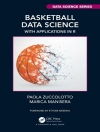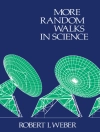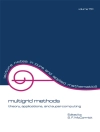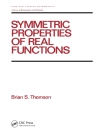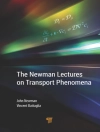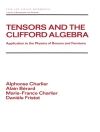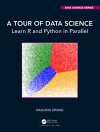We hope this book will make the bewildering variety of methods for estimat- ing the abundance of animal populations more accessible to the uninitiated and more coherent to the cogniscenti. We have tried to emphasize the fun- damental similarity of many methods and to draw out the common threads that underlie them. With the exception of Chapter 13, we restrict ourselves to closed populations (those that do not change in composition over the period(s) being considered). Open population methods are in many ways simply extensions of closed population methods, and we have tried to pro- vide the reader with a foundation on which understanding of both closed and open population methods can develop. We would like to thank Miguel Bernal for providing the St Andrews example dataset used frequently in the book; Miguel Bernal and Jeff Laake for commenting on drafts of the book; Jeff Laake for providing Figure 10.1; NRC Research Press for allowing us to use Figures 10.2, 10.3, 10.4, 10.5, 10.6 and10.7; the International Whaling Commission for allowing us to use Figure 12.1; Sharon Hedley for providing Figures 12.1 and 12.2. D.L.B. is eternally indebted to Carol, Alice and Aidan for their support through writing the book, and for the many evenings and weekends that it has taken from them.
D.L. Borchers & Stephen T. Buckland
Estimating Animal Abundance [PDF ebook]
Closed Populations
Estimating Animal Abundance [PDF ebook]
Closed Populations
Compre este e-book e ganhe mais 1 GRÁTIS!
Língua Inglês ● Formato PDF ● ISBN 9781447137085 ● Editora Springer London ● Publicado 2013 ● Carregável 3 vezes ● Moeda EUR ● ID 4633320 ● Proteção contra cópia Adobe DRM
Requer um leitor de ebook capaz de DRM




